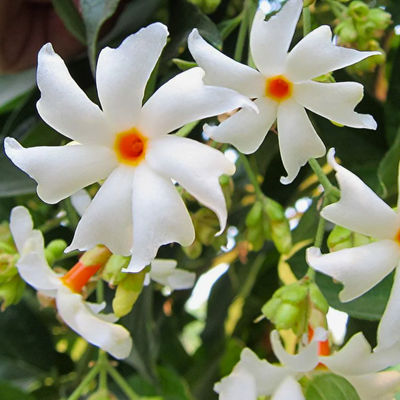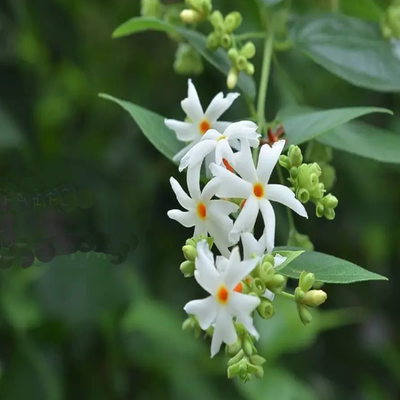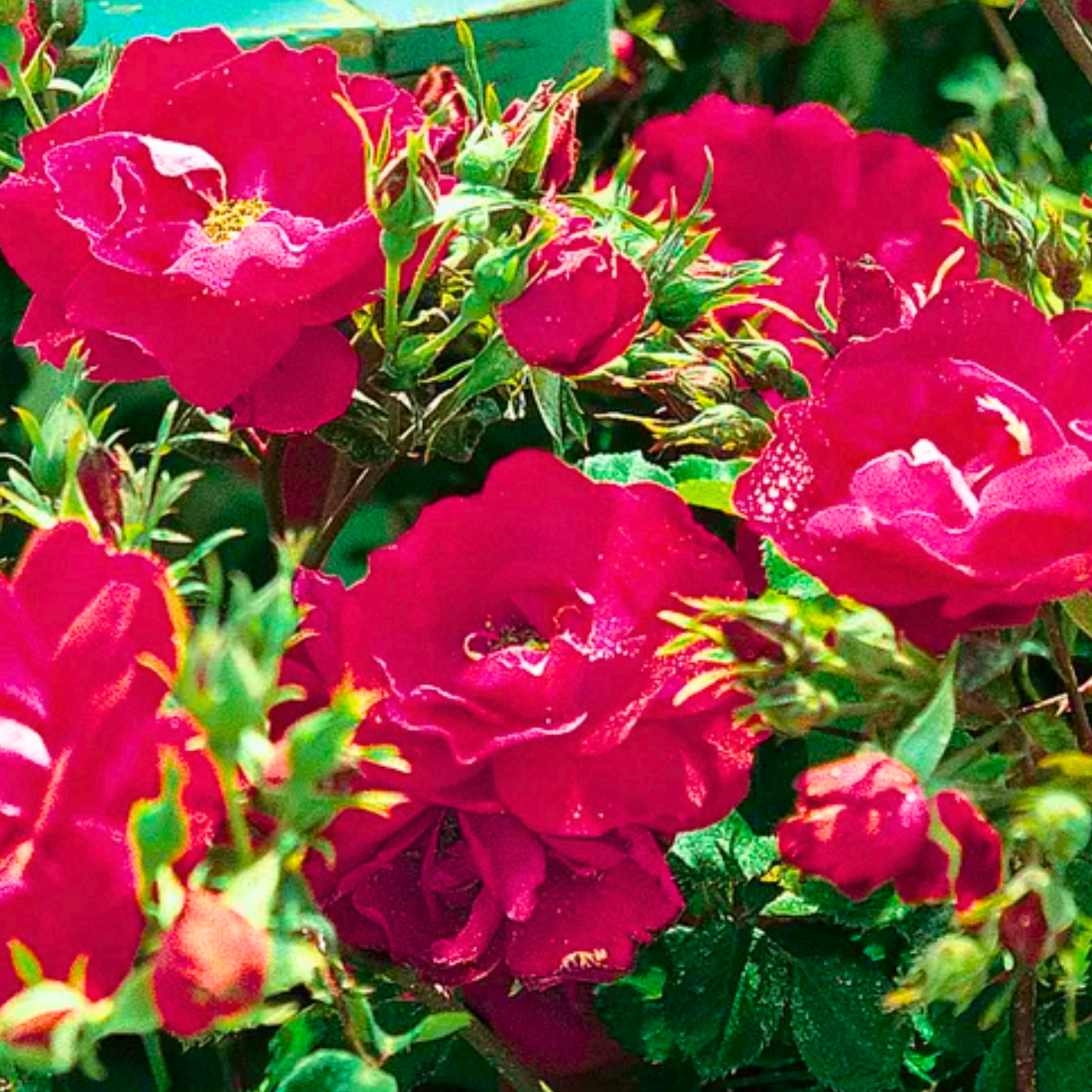
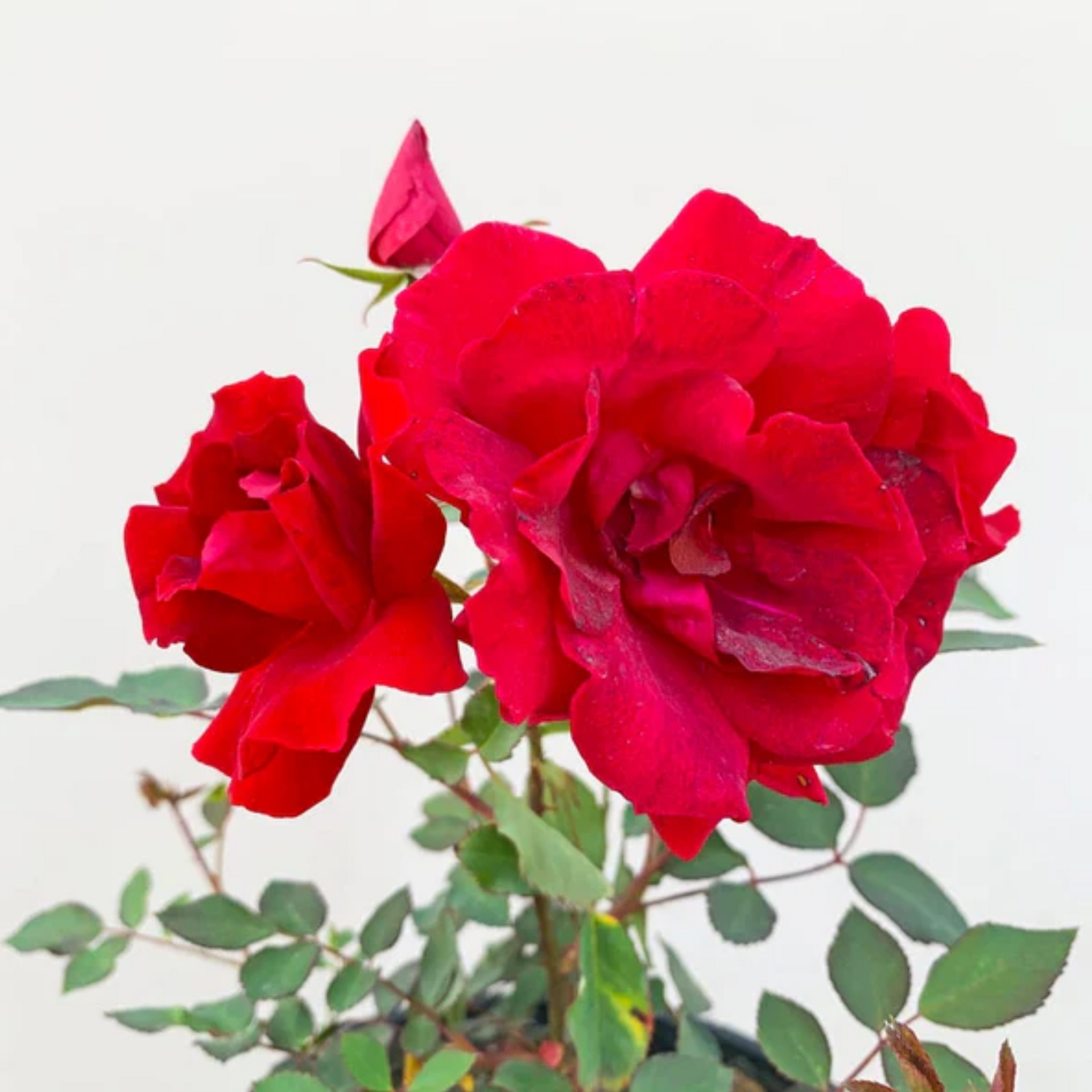

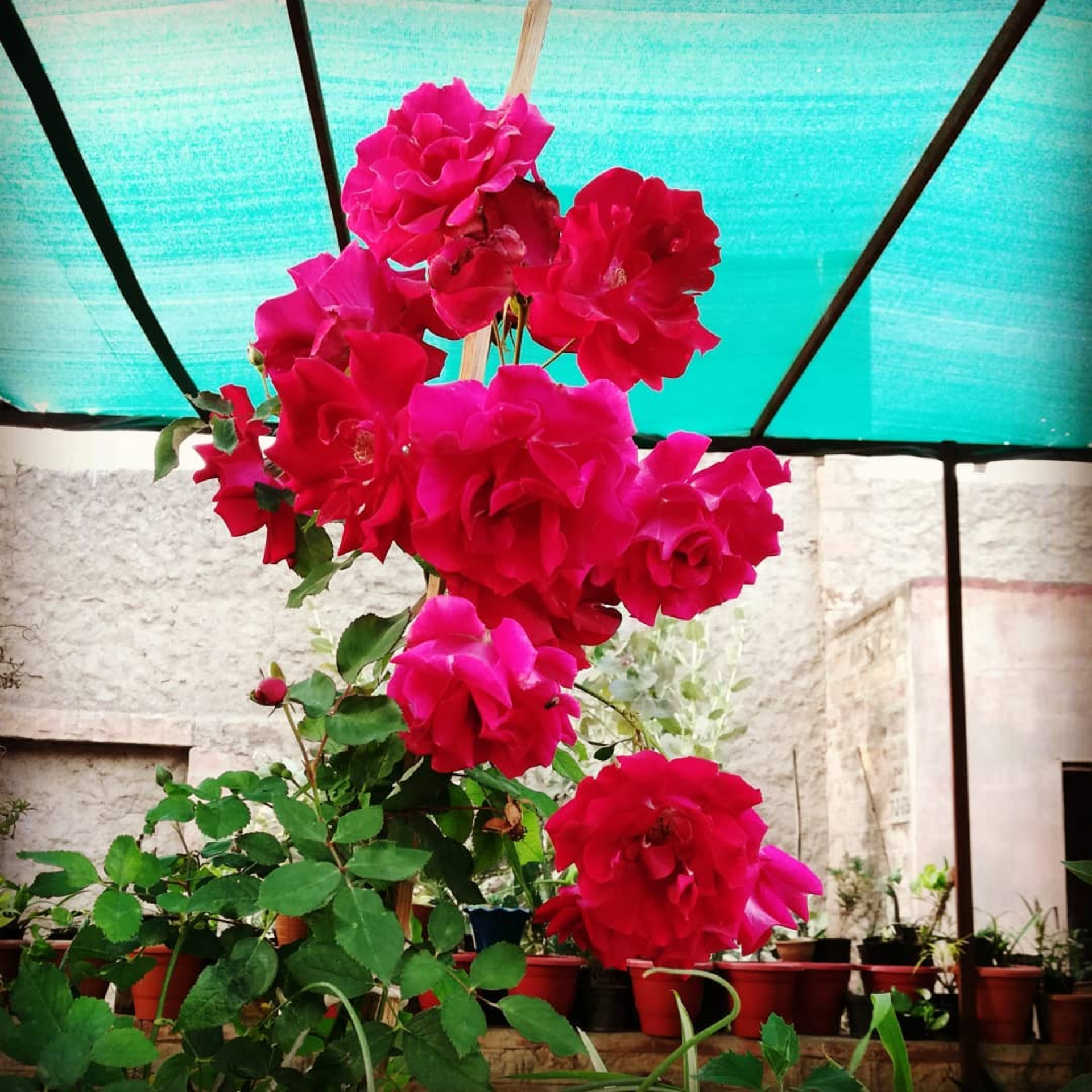
Live Red Fragrant Kashmiri Valentine Rose Plant Bunch Roses plant
Guaranteed Safe Checkout
The Enchanting Elegance of the Red
Fragrant Kashmiri Valentine Rose Plant
Unveiling the Symbol of Love and Beauty from the Valley of Romance
In the world of flora, few blooms hold the captivating allure and timeless symbolism that roses do. Among the myriad varieties, the Red Fragrant Kashmiri Valentine Rose Plant stands as an epitome of love, grace, and fragrant beauty. Nestled in the enchanting valleys of Kashmir, this particular rose cultivar has become synonymous with love, making it a cherished emblem of romance.
A Blossom from the Valley of Romance
- Kashmir, often referred to as "Paradise on Earth," is celebrated for its breathtaking landscapes, serene lakes, and, of course, its incredible floral wealth.
- The Kashmir Valley is a region renowned for its tradition of cultivating roses, and the Red Fragrant Kashmiri Valentine Rose Plant holds a special place among the botanical treasures found here.
Distinctive Characteristics
What sets the Red Fragrant Kashmiri Valentine Rose Plant apart are its distinct characteristics:
-
Rich Scarlet Hue: This rose variety boasts petals in a deep scarlet shade, a color often associated with intense passion and deep affection.
-
Irresistible Fragrance: The fragrance of these roses is unparalleled, with an intoxicating scent that fills the air, creating an ambiance of romance and allure.
-
Exquisite Petal Arrangement: The petals are arranged meticulously, forming a full and captivating bloom that captures the essence of classical beauty.
-
Climatic Resilience: Adapted to the climate of Kashmir, these roses flourish in colder temperatures, and their ability to thrive in adverse conditions only adds to their symbolism of enduring love.
Cultural Significance
- The Red Fragrant Kashmiri Valentine Rose Plant is not merely a botanical wonder; it carries profound cultural significance as well.
- In the land where poetry and art have flourished for centuries, these roses have inspired countless verses and stories of love.
- They have become a favored gift for expressing heartfelt emotions, making them an integral part of Kashmiri traditions.
Cultivation and Conservation
- Cultivating the Red Fragrant Kashmiri Valentine Rose Plant requires a delicate touch and a deep understanding of its specific needs.
- The cool climate of Kashmir provides the ideal environment for these roses to thrive.
- Local farmers and cultivators have mastered the art of nurturing these plants, passing down generations of knowledge to preserve this cultural and horticultural treasure.
Preserving a Symbol of Love
- While the Red Fragrant Kashmiri Valentine Rose Plant continues to enchant hearts with its beauty and aroma, its existence is not without challenges.
- Changing climatic conditions and urbanization pose threats to its delicate ecosystem.
- Efforts are underway to conserve and protect these roses, not only for their aesthetic appeal but also for their cultural and historical significance.
Cultivating the Captivating Red Fragrant Kashmiri
Valentine Rose Plant
The allure of roses has transcended time and culture, and among the myriad rose varieties, the Red Fragrant Kashmiri Valentine Rose stands as an epitome of beauty, elegance, and romance. With its rich red hue and captivating fragrance, this rose has won the hearts of gardeners and enthusiasts alike. Cultivating this exquisite rose plant can be a rewarding endeavor, provided you follow the right techniques and care. In this guide, we will explore the art of growing the Red Fragrant Kashmiri Valentine Rose, unlocking the secrets to nurture its beauty to its fullest potential.
Choosing the Right Location
- The success of any plant starts with selecting the right location for its growth.
- The Red Fragrant Kashmiri Valentine Rose thrives in a spot that receives ample sunlight, ideally at least 6 hours a day.
- Insure that the soil is well- draining and rich in organic matter.
- A slightly acidic to neutral pH level is optimal for the rose's growth.
Preparing the Soil
- Prior to planting, it's crucial to prepare the soil adequately.
- Incorporate compost or well-rotted manure to improve soil structure and fertility.
- This enhances the water-holding capacity of the soil while ensuring proper drainage, thus promoting healthy root development.
Planting the Rose
- When planting the Red Fragrant Kashmiri Valentine Rose, dig a hole that's slightly larger than the plant's root ball.
- Gently remove the factory from its vessel, being careful not to disturb the roots exorbitantly.
- Place the plant in the hole at the same depth as it was in the container and backfill with soil, patting it down gently as you go.
- Water the plant thoroughly after planting to eliminate air pockets around the roots.
Watering and Feeding
- Consistent watering is vital during the initial stages of growth.
- The soil should be kept unevenly wettish, but not doused.
- As the plant establishes itself, you can gradually reduce the frequency of watering.
- Applying a balanced fertilizer during the growing season will provide the necessary nutrients for robust growth and abundant blooms.
Pruning and Deadheading
- Pruning plays a pivotal role in shaping the rose plant's growth and promoting flower production.
- In late winter or early spring, prune away dead or weak branches and shape the plant to encourage an open structure.
- Regular deadheading, which involves removing spent blooms, stimulates the plant to produce new flowers, ensuring a prolonged blooming period.
Pest and Disease Management
- Vigilance against pests and diseases is essential for the health of your Red Fragrant Kashmiri Valentine Rose.
- Regularly inspect the plant for aphids, mites, and other common pests.
- Neem oil or insecticidal soap can be used as organic remedies.
- Fungal conditions can be averted by icing proper air rotation and avoiding overhead watering.
Winter Protection
- In regions with cold winters, proper winter protection is crucial.
- Mulch around the base of the rose plant to insulate the roots and protect them from freezing temperatures. Additionally, consider using burlap or other protective covers to shield the plant from harsh winter winds.















